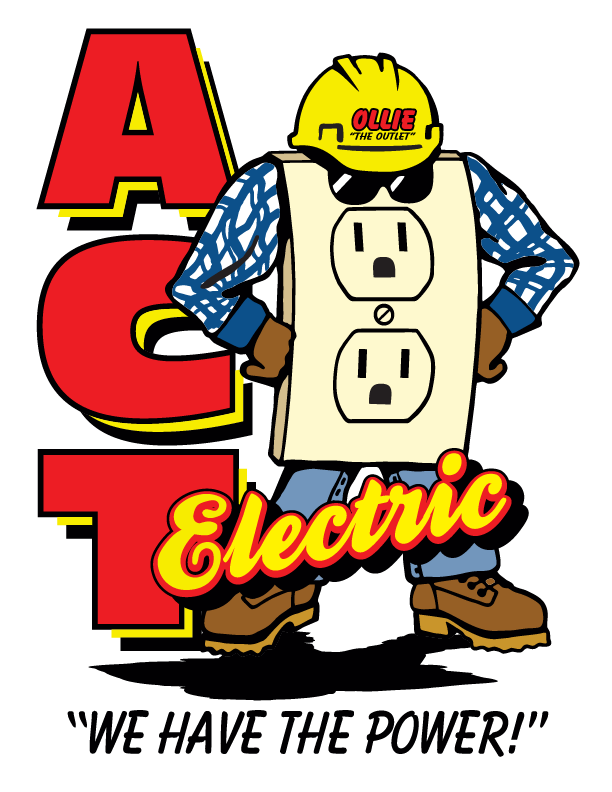Behind the Sparks: Mastering Electrical Troubleshooting Like a Pro
Identifying and resolving issues requires a deep understanding of electrical components, circuits, and safety protocols.
Electrical troubleshooting is essential in maintaining safe and efficient systems in homes and businesses. Identifying and resolving issues requires a deep understanding of electrical components, circuits, and safety protocols. Licensed electricians possess the expertise to master troubleshooting techniques and verify that systems operate at their best. Their ability to diagnose and fix problems minimizes downtime, prevents hazards, and promotes reliability.
Recognizing The Signs Of Electrical Issues
Understanding the warning signs of electrical problems is the first step in effective troubleshooting. Frequent circuit breaker trips, flickering lights, and buzzing sounds from outlets or switches often point to underlying issues. Outlets that feel warm or spark when used may indicate loose wiring or faulty connections, requiring immediate attention.
Unusual odors, such as burning plastic, signal overheating, or potential fire hazards. Power surges, voltage fluctuations, and inconsistent appliance performance are additional indicators of problems within the system. Identifying these signs early allows professional electricians to address them promptly, preventing further complications and enhancing safety.
Systematic Approach To Troubleshooting
Successful electrical troubleshooting begins with a systematic approach to diagnosing the problem. Electricians gather information about the symptoms and understand the system's layout. Thoroughly inspecting circuits, connections, and components provides insights into potential faults.
Testing individual components with specialized tools, such as multimeters and circuit testers, helps pinpoint the source of the issue. Electricians follow a logical sequence, isolating each part of the system to determine whether it functions correctly. This methodical process reduces guesswork, leading to accurate diagnoses and effective solutions.
Common Electrical Problems And Their Solutions
Faulty wiring ranks among the most common electrical issues, particularly in older homes. Damaged or outdated wiring poses power loss, inefficiency, and fire hazards. Licensed electricians replace compromised wiring with modern materials that meet current safety standards, improving performance and durability.
Overloaded circuits are another frequent problem, often caused by increased modern electrical demands. Installing additional circuits or upgrading the electrical panel distributes loads more evenly, reducing strain on the system. This boosts reliability and reduces the risk of overheating.
Loose connections within outlets, switches, or junction boxes can result in intermittent power loss or sparking. Electricians inspect and secure these connections, restoring proper operation and reducing the likelihood of hazards. Replacing worn-out components with high-quality alternatives further strengthens the system.
Diagnosing Problems With Circuit Breakers
Circuit breakers protect electrical systems from overloading by interrupting the flow of electricity when the current extends safe levels. Frequent tripping of breakers often indicates underlying issues, such as overloaded circuits, short circuits, or ground faults. Licensed electricians analyze the system to determine the cause of the tripping and perform necessary repairs.
In some cases, outdated or malfunctioning circuit breakers are the source of the problem. Replacing old breakers with modern, reliable models enhances safety and efficiency. Electricians also evaluate the system's overall capacity, recommending upgrades when necessary to accommodate increased power demands.
Troubleshooting Lighting And Fixtures
Lighting systems can encounter various problems, including flickering, dimming, or failure to turn on. Electricians diagnose these issues by inspecting switches, wiring, and fixtures. Faulty switches are often replaced to restore proper functionality, while damaged fixtures are upgraded to meet performance and aesthetic requirements.
Loose wiring connections within lighting circuits contribute to inconsistent operation. Electricians secure or replace these connections, preventing further disruptions. For systems experiencing voltage fluctuations, solutions such as surge protectors or system upgrades improve stability and protect components from damage.
Power Surges And Their Impact
Power surges occur when voltage levels spike suddenly, often due to lightning strikes, power grid fluctuations, or faulty appliances. These surges can damage sensitive electronics and disrupt normal operations. Licensed electricians troubleshoot the source of surges and recommend preventative measures to mitigate their effects.
Installing whole-house surge protectors offers comprehensive protection, safeguarding the system from voltage spikes. Electricians also evaluate the condition of wiring and connections, addressing vulnerabilities that contribute to surge-related damage. Regular system maintenance helps reduce the likelihood of surges and extends the lifespan of appliances.
Importance Of Safety In Electrical Troubleshooting
Safety remains a top priority during electrical troubleshooting. Diagnosing or repairing electrical issues without proper training or equipment poses significant risks, including shocks, burns, or fires. Licensed electricians follow strict safety protocols, using evolved tools and techniques to diagnose and unravel problems.
Adherence to industry standards and building codes further improves the safety and dependability of electrical systems. Electricians stay informed about evolving regulations, verifying their work meets the highest benchmarks for quality and compliance. This attention to detail protects both property and occupants.
Preventative Maintenance And Long-Term Performance
Preventative maintenance is an essential component of mastering electrical troubleshooting. Regular inspections by professional electricians identify potential issues before they escalate into major problems. Tasks such as testing connections, checking for wear, and monitoring circuit loads keep systems functioning optimally.
Upgrading outdated systems reduces the likelihood of future issues and aligns with modern energy demands. Incorporating advanced safety features, energy-efficient components, and smart technologies enhances the performance and reliability of a property's electrical infrastructure.
Licensed electricians bring expertise, precision, and a commitment to safety when addressing electrical troubleshooting challenges. Their systematic approach and in-depth understanding of systems and components deliver solutions that restore functionality and prevent future problems. Trusting professional electricians to handle electrical troubleshooting transforms potential hazards into opportunities for improvement, safeguarding the integrity of a property's electrical system.

